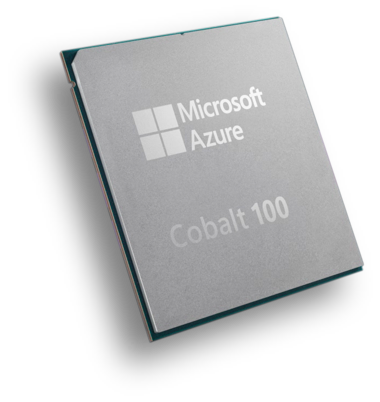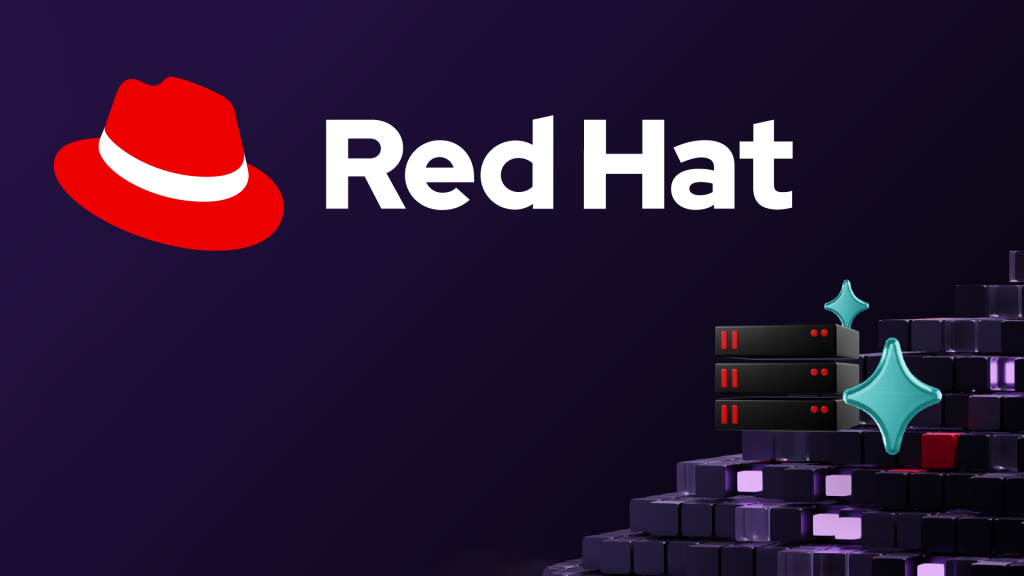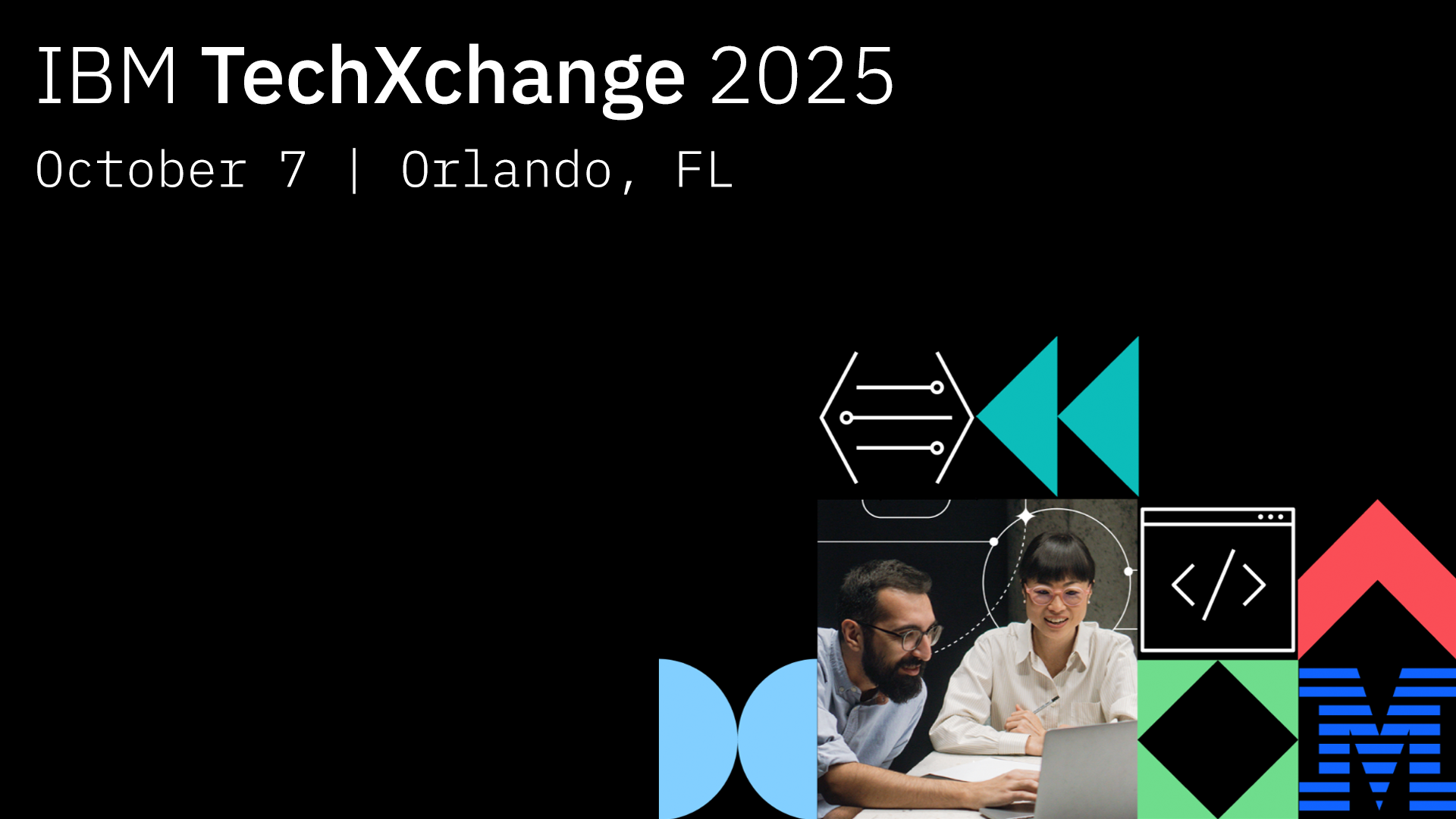
Background
The truth about the mainframe computer is not what you think it is. IBM’s Z-series and LinuxONE platforms don’t look much like the mainframes of old. Nevertheless, these machines provide the highest levels of reliability, predictable performance, and linear scalability available on the market. What might surprise you is that the IBM Z-series and LinuxONE platforms also offer up one of the best sustainability stories of any computer architecture available today. Moreover, IBM is now making that sustainability more accessible with new data center-friendly racked configurations.
Sustainability is a crucial topic for IBM. Marcel Mitran, IBM Fellow and CTO for IBM zSystems and LinuxONE, told us that “reducing data center energy consumption is a tangible way to decrease the impact on the environment, and key architectural advantages help distinguish both IBM z16 and LinuxONE for sustainability, especially when consolidating x86 workloads in the data center.”
News: LinuxONE Rockhopper 4
IBM’s LinuxONE is, as its name might suggest, a Linux-only variant of IBM’s mainframe technology. IBM released its LinuxONE Emperor 4 last September. The new IBM LinuxONE Rockhopper 4, announced on April 4, repackages the Emperor 4 technology into a more flexible standard rack-mount configuration. It can be deployed in either an IBM rack or one supplied by the customer.
Sustainability comes in many forms, and one key metric is consolidation. The LinuxONE Rockhopper 4 can be equipped with up to 68 IFL processors, each clocked at 4.6GHz, and can hold up to 16TB of DRAM. According to IBM, this enables a single Rockhopper 4 system to replace, at minimum, 36 traditional x86-based servers. This results in a 75% decrease in energy consumption while reducing the physical footprint by 67%. That’s impressive.
IBM equips the system with an HMC Environmental dashboard with system and partition-level power monitoring to allow IT administrators to measure and control the load of the machines. IBM also offers a TCO and CO2 Calculator to enable you to see the emission differences between the IBM LinuxONE and an equivalent number of x86-based servers.
News: Z16 Rack-Optimized Footprint
The IBM Z16, based on IBM’s new 7nm Telum processor, was introduced nearly a year ago in a multi-frame configuration. One of the key features of the Telum processor used in the Z16 is its on-chip AI inference accelerator.
Modern analytics workloads increasingly rely on AI inference. Inference is used in everything from fraud detection to speech recognition. Its use cases grow seemingly daily. The inference engine in IBM’s Telum processor allows energy-efficient inference with predictable latencies for high-transaction workloads. For example, IBM demonstrated fraud detection with the Z16 processing 300 billion inference requests daily with only one millisecond of latency.
Bringing that capability directly into the enterprise data center with IBM’s new rack-optimized footprint allows the Z16 to be directly co-located with standard rack-mount servers, storage, and networking equipment. This reduces latency in a distributed processing environment. It also contributes to the broader sustainability story by consolidating power and cooling.
Analysis
There’s folk wisdom among IT folks that the mainframe is obsolete. Testing that theory, I asked IBM if they were selling LinuxONE to new customers and not just upgrading existing users. The answer was a resounding “Yes.” The consolidation and seamless scalability offered by this class of machines are second-to-none.
In an environment where IT sustainability is a critical element of nearly every enterprise’s ESG goals, and we see sustainability metrics written into RFPs, the LinuxONE and Z16 stories are compelling. However, even without sustainability as a goal, the nearly 40:1 consolidation ratio of LinuxONE to x86-based servers is unbeatable by any other solution.
The new rack-mount and rack-friendly options only reduce the friction for LinuxONE and Z16 customers. Reducing friction is good for IT, allowing IT organizations to focus on the business of digital transformation. And nothing handles the AI-driven workloads intrinsic to modern digital transformation than an IBM LinuxONE system.




